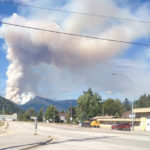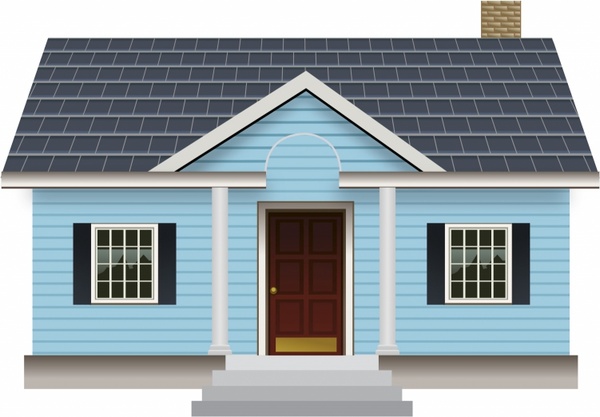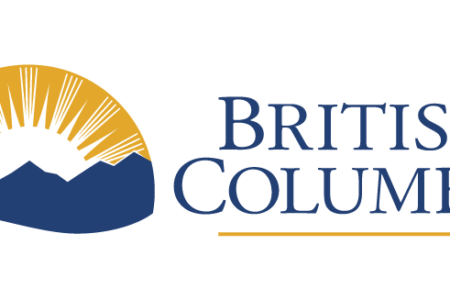Assessed property values: a few dramatic changes
Assessed property value changes from 2017 to 2018
Revelstoke residents will see an average increase in property values of just over 21% — the largest increase in the Kootenay-Columbia region. The next largest increase in average assessed values is 17.2%, in Fruitvale. Midway takes third place, with an average increase of 14.2%. Rossland’s average increase in assessed value is fourth largest 11.8%.
Trail’s increase is more modest, at 8.9%. Nelson is in the same ballpark with an average increase of 9.3%, outdone slightly by Grand Forks, with 9.9%. Castlegar’s average increase is only 5.4%.
Only Elkford experienced no increase at all in average assessed property values. And no community experienced an average decrease in assessed values. For the full list, please refer to the chart below.
Do increased average assessed property values mean higher municipal taxes? No, not the average increase. Individual properties with a higher increase than the average will have their taxes rise a bit more than a neighbouring place with a lower-than-average increase, but it’s not the average increase in property values that drives higher municipal taxes: it’s the municipality’s rising expenses that make taxes go up. And municipalities are experiencing higher expenses for a variety of reasons: old and deteriorating infrastructure that must be maintained or replaced, rising wages, rising material costs, and so on.
There is another factor that affects how much we pay when the property tax bills come due: the additional levy imposed by our Regional District. Some of the Regional District’s charges to our municipality, whichever one we live in, are based not on how many households are served, or on how many people live in our community, but are instead based on the total assessed property values in our community. Many people think this is fair, because they assume that a community with higher assessed values has richer residents and can afford to pay more. Residents at the lower end of the income scale, living in a community with assessed property values that have just skyrocketed, see it differently; they point out that increases in assessed value do not mean that their income has grown at all. This is particularly true of senior citizens on fixed incomes who paid very modest prices for their homes many years ago, and who now maintain their independence at or near the ill-defined “poverty line.”
Community
2017 Assessment
(valuation date
of July 1, 2016)
2018 Assessment
(valuation date
of July 1, 2017)
Percentage Change in
Value
(2018 vs. 2017)
City of Castlegar
$280,000
$295,000
+5.4%
City of Cranbrook
$288,000
$298,000
+3.5%
City of Fernie
$471,000
$506,000
+7.4%
City of Grand Forks
$213,000
$234,000
+9.9%
City of Greenwood
$130,000
$141,000
+8.5%
City of Kimberley
$251,000
$266,000
+6.0%
City of Nelson
$378,000
$413,000
+9.3%
City of Revelstoke
$360,000
$436,000
+21.1%
City of Rossland
$271,000
$303,000
+11.8%
City of Trail
$179,000
$195,000
+8.9%
District of Elkford
$281,000
$281,000
0.0%
District of Invermere
$455,000
$456,000
+0.2%
District of Sparwood
$296,000
$309,000
+4.4%
Town of Creston
$232,000
$250,000
+7.8%
Town of Golden
$302,000
$335,000
+10.9%
Village of Canal Flats
$207,000
$208,000
+0.5%
Village of Fruitvale
$221,000
$259,000
+17.2%
Village of Kaslo
$230,000
$241,000
+4.8%
Village of Midway
$183,000
$209,000
+14.2%
Village of Montrose
$242,000
$245,000
+1.2%
Village of Nakusp
$213,000
$227,000
+6.6%
Village of New Denver
$195,000
$196,000
+0.5%
Village of Radium Hot Springs
$311,000
$337,000
+8.4%
Village of Salmo
$185,000
$197,000
+6.5%
Village of Silverton
$250,000
$251,000
+0.4%
Village of Slocan
$166,000
$167,000
+0.6%
Village of Warfield
$209,000
$218,000
+4.3%



























Comments